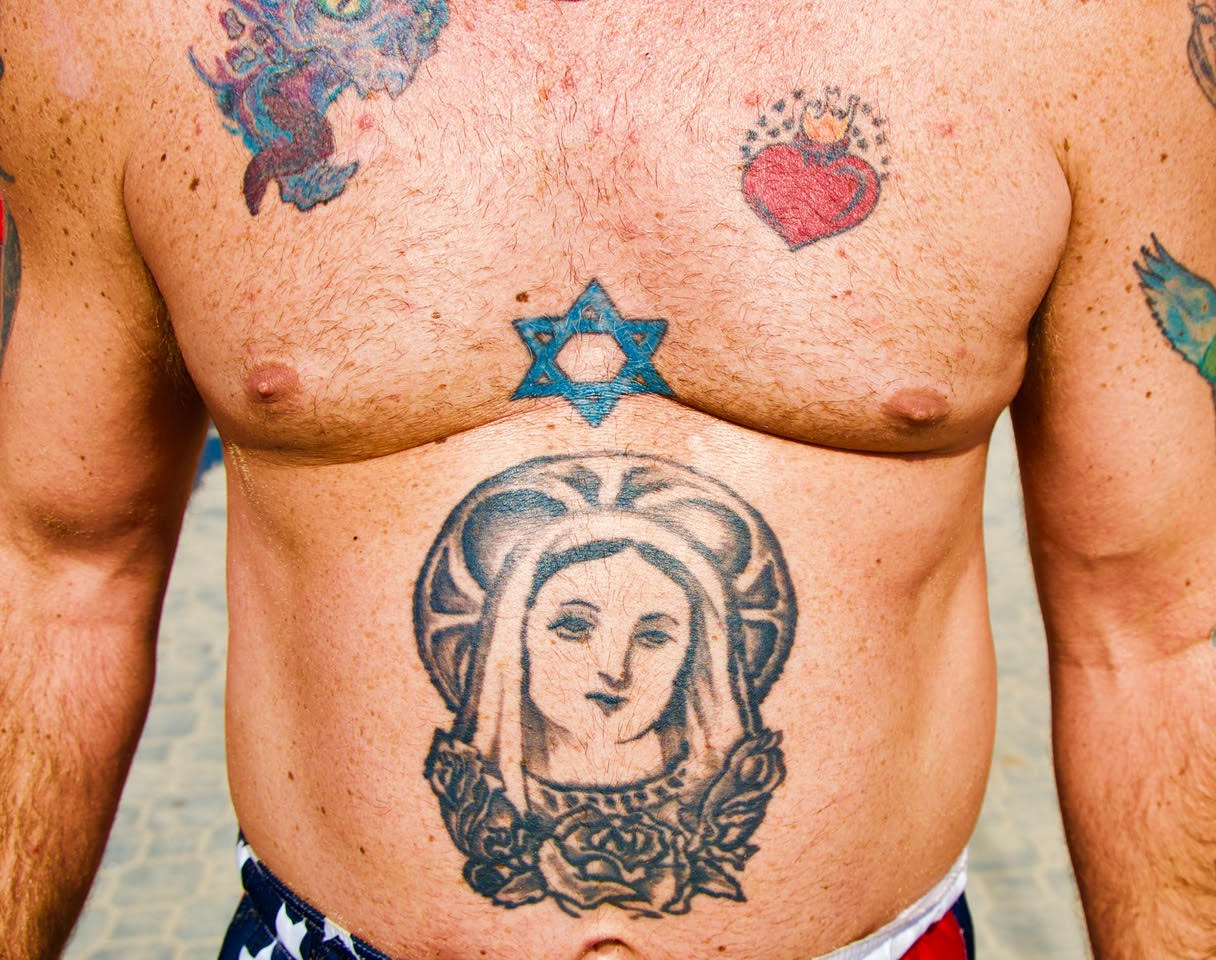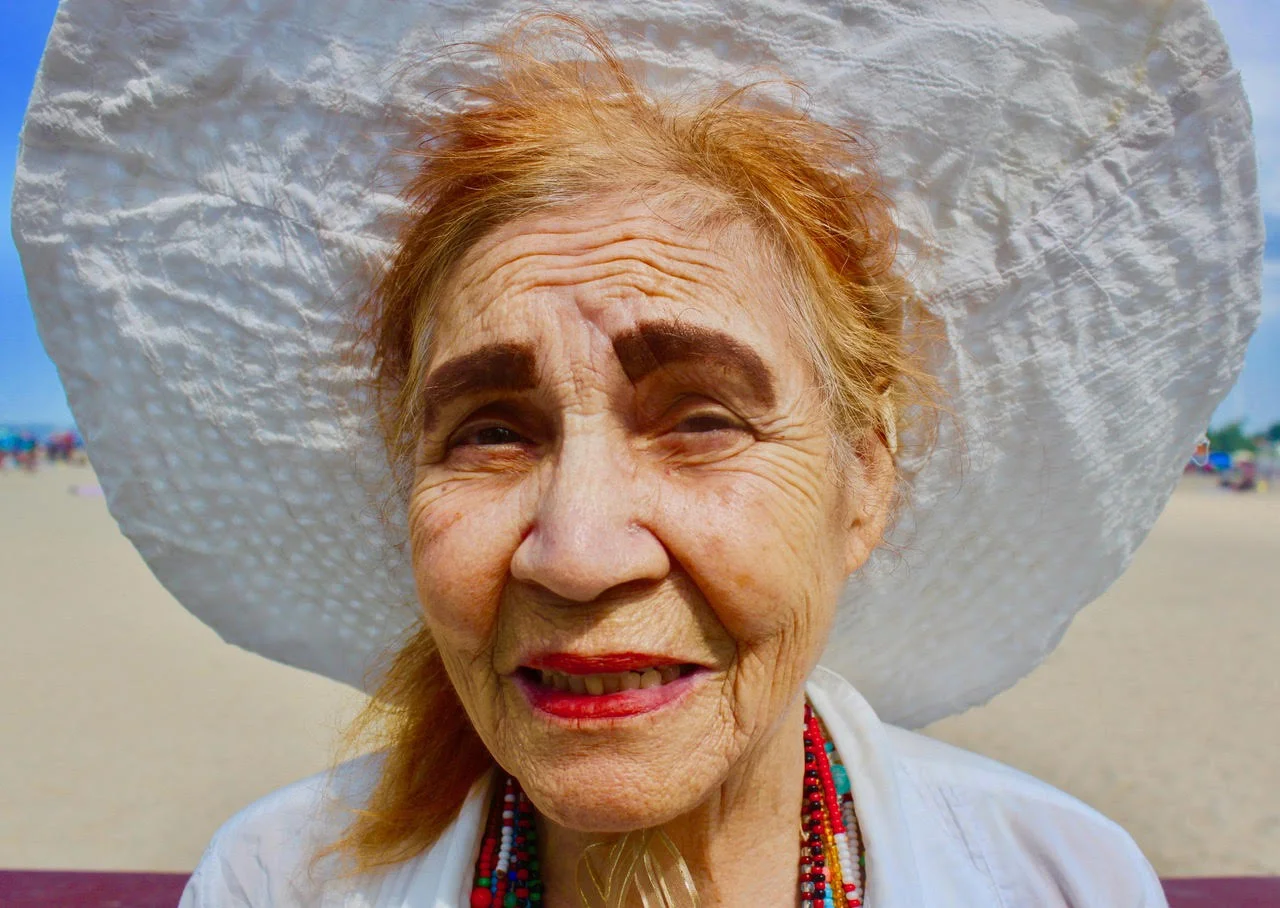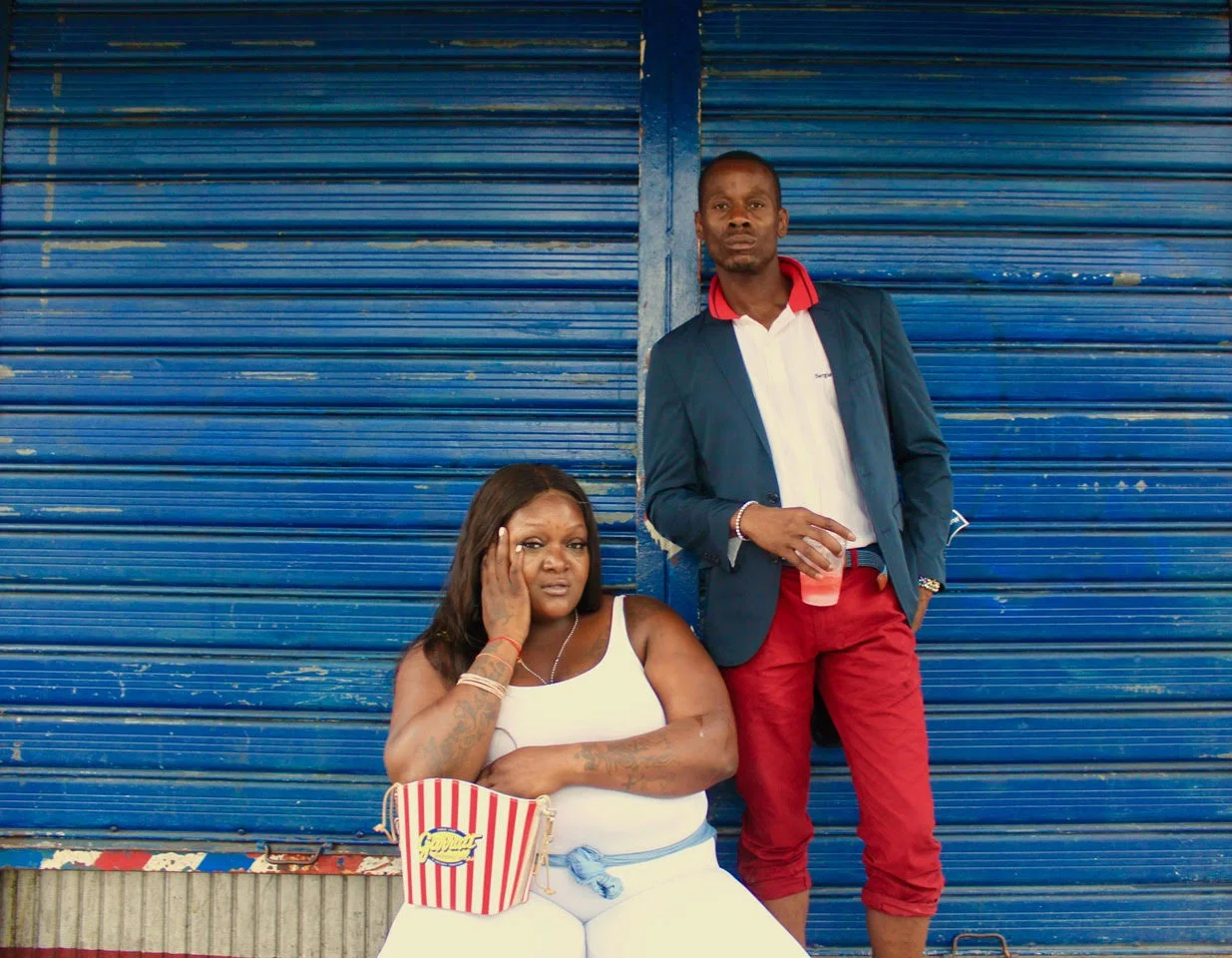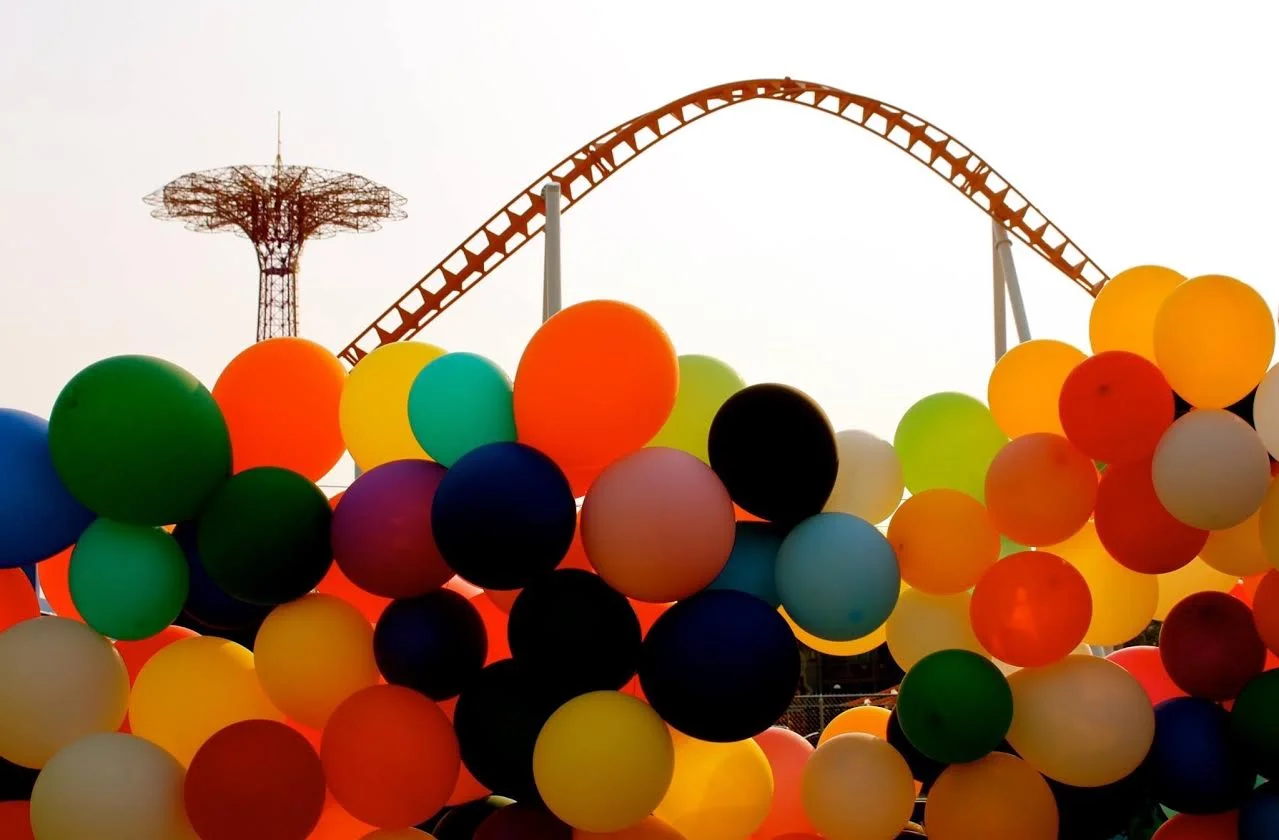Catholic Jew, 2017 Coney Island, Brooklyn, NYC. © Ruben Natal-San Miguel
New York City's relationship with photography is rich and layered, but unfortunately, is often seen as hackneyed and spent. Its iconic touchstones and most innovative moments, landscape and architecture have been photographed and re-photographed so many times that there is often an impression that nothing new can be said.
Enter Ruben Natal-San Miguel, who has been photographing nearly every inch of the city for the past two decades, building on its visual history while adding his own, fresh perspective to the conversation. San Miguel, who moved to New York City from Boston in 1992, originally working as an architect, then art collector, curator and photographer, approaches its various communities with a unique sensitivity. His pictures, which cover wide geographical and cultural terrain, push against the too-often problematic gaze of documentary photography, in exchange for something that celebrates the city's many inhabitants. This may be influenced in part by his experience as a survivor of the September 11th attacks, and a desire to preserve what he holds dear.
Made In NYC, San Miguel's first true retrospective recently opened at Station Independent Projects in New York City (coincidentally just days after Natal-San Miguel was nominated for a Magnum Foundation award), and is the first show of his work to go beyond straight photographs to include embellishments like rhinestones, elaborate lightboxes, and integrated text.
I spoke with Ruben to learn more about his trajectory and love affair with New York City.
Interview by Jon Feinstein
Carmen Coming Home, 2017. Orchard Beach, Bronx NYC. © Ruben Natal-San Miguel
Jon Feinstein: What does it mean to be a New Yorker?
Ruben Natal-San Miguel: A "New Yorker" means a native or inhabitant of New York. It also means the pride and resilience of what most inhabitants possess to make this city one of the most diverse, tolerant and best cities in the world to live in. It is a state of mind.
Feinstein: What does "resilience" mean to you in the context of this work?
Natal-San Miguel: Living here is a constant rollercoaster and a joy ride, just like a subway ride: fast, relentless, 24/7 and you need to know when is time to stop or continue.
Feinstein: You've been photographing all over the city for as long as I've known you. What drives you to certain areas, people, or communities?
Natal-San Miguel: I go to photograph in New York City where nobody dares to go and document people, their most familiar and genuine environment. I like to create environmental portraits in which the people are most comfortable without any pretense and pressure -- the most real and comfortable setting. I never stage my portraits, they are created right at the same exact moment, time date and place where they are found by me. Even the temperature and time are documented.
Cinematic Glamourpuss, 2017 DragCon Manhattan, NYC. © Ruben Natal-San Miguel
Henna. Tattoo ( Phone Booth Artist ) 2016 Coney Island , Brooklyn, NYC. © Ruben Natal-San Miguel
Don’t Quit Your Day Dream’' ( Drag Race) 2017 Manhattan, NYC (with embelishments) © Ruben Natal-San Miguel
Feinstein: Have you photographed in all boroughs?
Natal-San Miguel: Yes, I had been photographing all the five boroughs of New York City for over fifteen years and had been in every street and corner of the whole city by now. I go back to most areas year after year to document their changes. It's a lot of work and takes a lot of discipline and dedication but, someone it's got to do it!
Feinstein: You've had several solo shows in New York over the past five years. How does this compare in the work thats included, and in its curation?
Natal-San Miguel: I think this show is a turning point in my work -- the photographs documented become more abstract, more bold, a different aesthetic. I also incorporate different ways to represent the photography as an art media, including photographs with embellishments, silkscreened on fabric, light boxes with backlit photographs and the use of textual signage and name plates to convey and manifest the current times and themes that we are living at the moment in New York City and most of the United States.
Bad News ( Rebecca ) 2017 Brownsville, Brooklyn, NYC © Ruben Natal-San Miguel
Ryan ( Revolution ) 2017 Brooklyn, NYC. © Ruben Natal-San Miguel
Ladie & Barrington (Best Friends Forever) 2017 Harlem NYC © Ruben Natal-San Miguel
Feinstein: The press release describes this exhibition, among other things, as acting as a form of "rebellion." What does that mean to you?
Natal-San Miguel: I'm a rebel. I refuse to be labeled or pigeonholed as a "street photographer ." I do not consider myself one. Yes, I photograph on the streets but, my approach is not of the moment, I do not photograph crowds, my interest is more of the larger environment. Photograph and tell story with images. I'm not looking for that "aha!" or happy accidental moment that most street photographers do.
Feinstein: What path do you think New York City and New Yorkers are signaling to the world?
Natal-San Miguel: We are the most diverse, tolerant, expensive, interesting and one of most densely populated city in the World. We have it all and 25 years later still pinch myself to be part of it. I love New York.
July on July, Gender Fluid 2017 Orchard Beach BronxNYC. © Ruben Natal-San Miguel
Untitled ( Balloons ) 2015 Coney Island , Brooklyn, NYC. © Ruben Natal-San Miguel
Ongina ( Timeless Beauty) 2017 DragCon, Manhattan, NYC © Ruben Natal-San Miguel
Summer Solstice ( Oliver ) 2017 Harlem, NYC. © Ruben Natal-San Miguel












